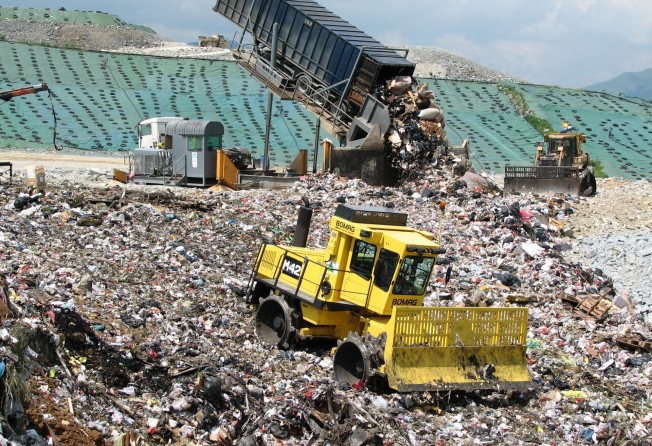Elvis Au yet to convince on case for an incinerator in Hong Kong

The assistant director of the Environmental Protection Department, Elvis Au, has responded to criticisms of the proposed Shek Kwu Chau incinerator in a letter in yesterday's South China Morning Post.
Lai See, along with others, has long argued that there are better, cheaper and more appropriate technologies for dealing with Hong Kong's municipal solid waste (MSW). It is no doubt true that modern incinerators have substantially reduced emission levels. But this is not to say, as Au claims, that they do not pose a risk to public health.
Indeed there have been numerous papers written on incinerators and their impact on public health. There is still significant concern over this issue. In Europe, where there are hundreds of incinerators, several doctors' associations (which included environmental chemists and toxicologists) in 2008 wrote to the European Parliament with concerns over incinerator particle emissions and the absence of specific fine and ultra-fine particle size monitoring or in depth industry/government epidemiological studies of these minute and invisible incinerator particle size emissions. So the science on the impact of emissions on public health is not conclusive.
Au says it is incorrect to say that the technology is outdated and that most new thermal treatment plants are of the kind proposed for Hong Kong. The EPD's plans were first formulated around 2002, before being approved by the Advisory Council on the Environment in 2005.
Municipal authorities around the world have since looked at other technologies. A number of local authorities in the United States, China and Britain, among other countries, have built or are in the process of building plasma gasification plants. With virtually zero emissions, these plants can convert waste to energy in the form of syngas, which can be used to generate electricity or turned into biofuel. The process leaves an inert vitrified slag which can be used in construction.
The EPD's proposal for Hong Kong will result in about 1,000 tonnes a day of bottom ash which the EPD plans bury in the ash lagoon near Tuen Mun and, when that is full, presumably in landfills. Another aspect of this is that about half of the MSW that currently goes to landfill is food waste; Hong Kong's is particularly wet at 70-90 per cent water content.
In the World Bank's Decision Makers Guide to Municipal Solid Waste Incineration, it recommends that incineration is applicable only when the lower calorific value of the feedstock is on average over 7 megajoules per kilogram (MJ/kg) and should never fall below 6 MJ/kg. Hong Kong's food waste, according to the government, is around 2 MJ/kg, which will require additional fuel to enable it to burn.
The Chartered Institution of Water and Environmental Management, the leading global professional body for people working in environmental business, advises that one of the best ways of dealing with wet food waste is to garburate it at source and put it down the drain. It could easily be handled by the Stonecutters Water Treatment plant, according to engineers.
The government has ignored this possibility. Legally enforceable sorting of waste would enable more efficient recycling. This would further reduce the volume of MSW that would need to be incinerated, and would possibly reduce the need for such a large incinerator.
Au has consistently claimed that plasma arc technology is untested. "It would take several years of operation before the effectiveness and efficacy of those plants can be evaluated and established," he says in his letter.
Not everyone shares Au's view. Lai See recalls attending the International Conference on Solid Waste 2013 - Innovation in Technology and Management in Hong Kong, at which Professor Umberto Arena, a waste energy specialist from Second University in Naples, said the plasma arc technology has been tried and tested over 10 years.
Despite the "years of review" by the department, we do not feel that Au has made a convincing case for the need to build a moving grate incinerator. There are other ways of dealing with our waste.
The plans have been a long time in the making and one gets the sense that one of the reasons we appear to be stuck with the incinerator proposal, is bureaucratic reluctance to rethink the project.
Have you got any stories that Lai See should know about? E-mail them to [email protected]